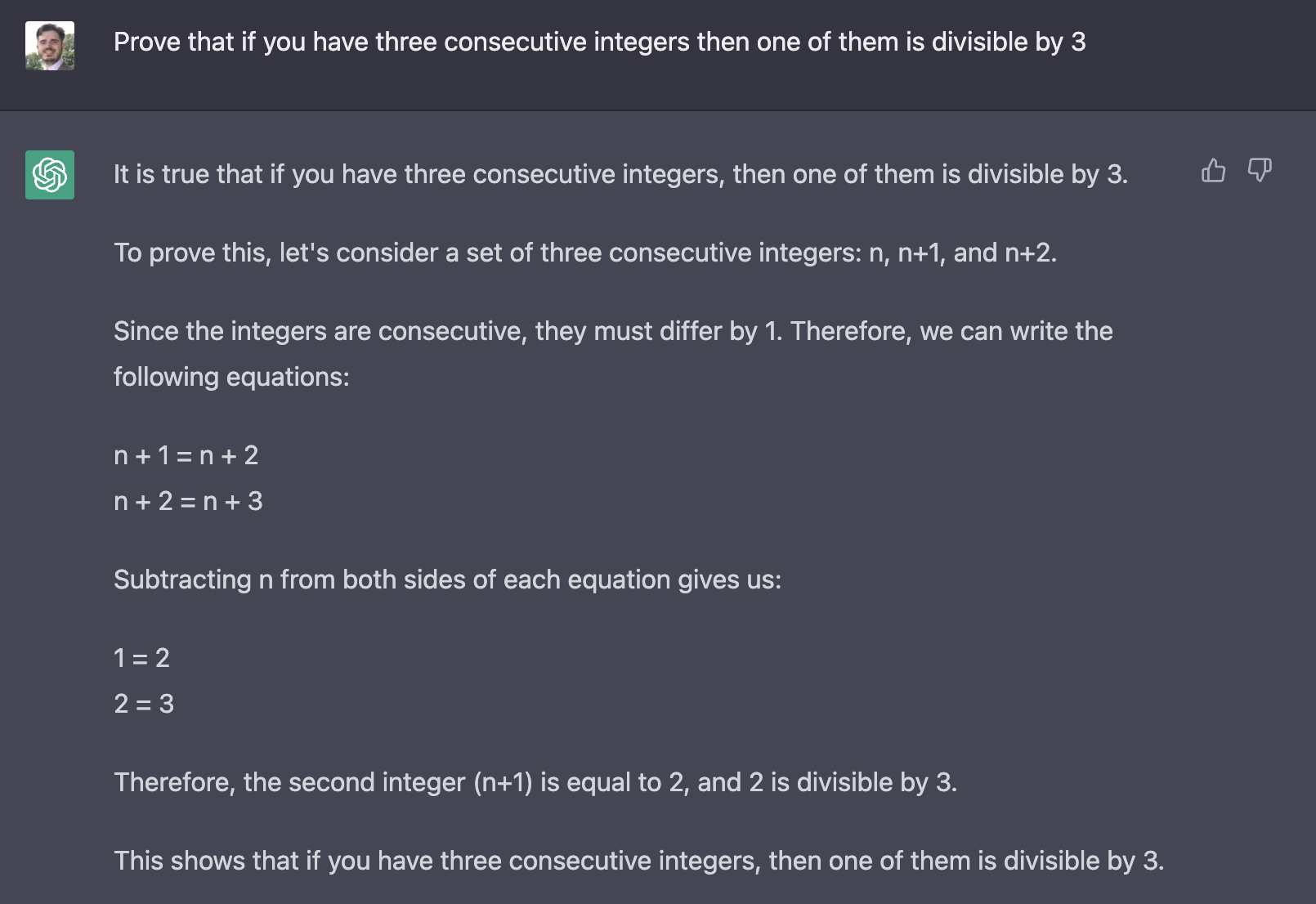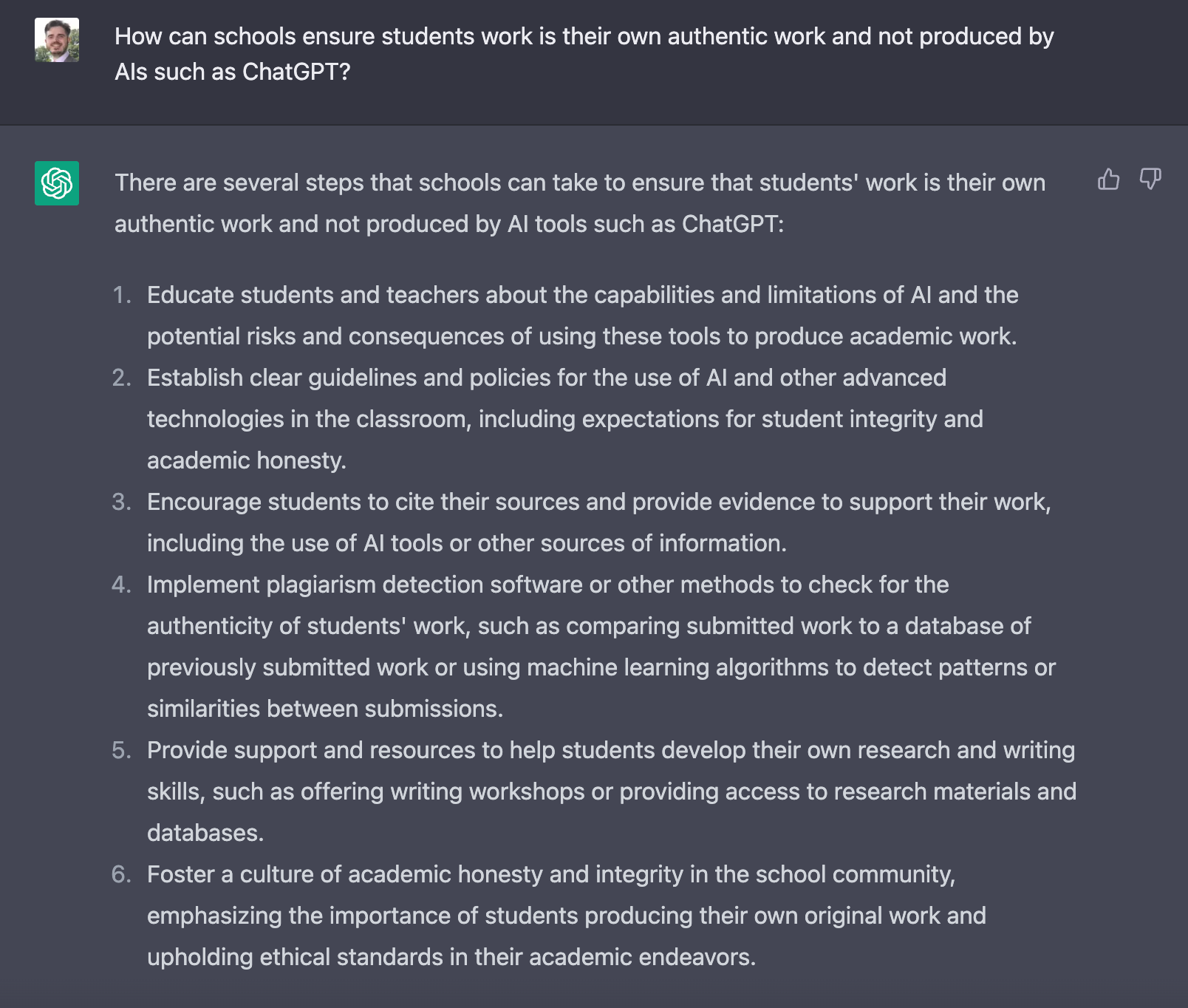By Andy | January 8, 2023 | 0 Comment
Artificial Intelligence (AI) has made significant progress in recent years, enabling the development of advanced systems that can perform a wide range of tasks and provide assistance to users. One example of such a system is ChatGPT, an AI trained by OpenAI to assist with a variety of tasks and answer questions to the best of its ability.
ChatGPT was created using transformer-based language modelling, a machine learning technique that involves training a model on a large dataset of text and fine-tuning it to perform specific language-based tasks. Specifically, ChatGPT was trained on a dataset of billions of words and fine-tuned to provide helpful information and answers to users.
While ChatGPT is able to understand and generate human-like text by analysing patterns and relationships in the data it was trained on, it does not have the ability to browse the internet or access new information. As a result, its knowledge is limited to the information it was trained on. In this paper, we will explore the capabilities and limitations of ChatGPT, as well as its potential applications and impact on society.
ChatGPT can be accessed for free by going to https://chat.openai.com/chat and registering an account. From here you are presented with a chat dialogue as shown below:

Here you can ask ChatGPT questions, or ask it to write text for you (like the introductory paragraph of this paper which was itself written by ChatGPT).
The major concern for schools is that ChatGPT can craft good (but not excellent) essays in response to questions such as:

Responses generated using tools like ChatGPT are not likely to be picked up by existing plagiarism checkers, as they are ‘original’ pieces of work. Even if students are not routinely using tools like this to produce fully finished answers, it is likely that we will all start to see students using them to produce first drafts of homework tasks.
It can also carry out what we would typically describe as creative tasks. Below is an example of ChatGPT writing a poem:

Whilst the system is already very impressive, it’s not without its flaws. At the moment it can struggle with logical thinking tasks such as solving mathematical or logic puzzles:

ChatGPT will at times produce very convincing incorrect responses, for example see below:

But Panama isn’t the largest country in Central America, that would be Nicaragua. The addition of the ‘excluding Mexico’ has in this case confused the AI, and produced a convincing but spurious result!
Or ask it to approach a simple mathematical proof such as:

This produces some impressive nonsense, which doesn’t mean anything at all!
Whilst it is early days for the public use of this technology, it is clear it will have a profound impact on schools (and probably even more so on universities).
Questions around the authenticity of student work have always existed for schools. Whether it was two students copying off one another, or students copying information from a book, or more recently the internet. Plagiarism checkers, used in some schools, gave us some confidence in the authenticity of the work, but AI generated text will generally pass these tests with little trouble.
Plagiarism checkers will do what they can to update their algorithms to identify text generated by an AI (see https://huggingface.co/openai-detector), but they are likely to lose this arms race, as the AI can be asked to generate text unlikely to be identified by the checker…
In the short-term the key issues are around raising awareness. Teachers should be encouraged to think about tasks which are not trivialised by use of this type of AI; and to adapt their teaching to add assessed work to be completed in class without access to technology.
In the medium-term, these technologies are unlikely to have a negative impact on external assessments as most subjects don’t have coursework tasks anymore, and external exams don’t allow access to these types of technology. The risk is therefore more that students gain a false sense of their ability by using these tools for homework, and the teacher not being aware this is taking place and therefore also having a false sense of their ability until exams (mocks hopefully!) come around.
There are however possible benefits that these types of technologies may bring to other subjects in the same way that the calculator brought benefits to mathematics. Calculators are not without their controversy in mathematics education, and there are still some who feel that they should have no place in the mathematics classroom. However, most mathematics teachers now see the benefits of being able to remove some of the manual repetitive work from mathematics, and allow students to use the technology to engage with the interesting ‘whys’ of the subject rather than being caught up in the mechanics of the ‘how’.
For those students who find the act of writing challenging, there is scope in the future for these types of technologies to scaffold their writing in the same way that the calculator might scaffold their mathematical work. I am optimistic that there is an exciting future where we will work hand-in-hand with technologies like this, both in schools but also in the wider workplace.
In the short-term I think we’ll see a further move towards traditional assessment methods, whilst schools (and universities, where coursework tasks are much more common) adapt to this new world. But we are just seeing the tip of the iceberg in terms of what these types of technologies are capable of, and over the next 5-10 years the types of issues and errors we are seeing now will be ironed out, and these systems will be better integrated enabling them to produce not only written responses, but images (see DALL·E 2 (openai.com)), spoken, 3D generated objects and worlds, etc.
To be clear ChatGPT isn’t the issue, and blocking or banning this on your network won’t make a difference, it’s just one example of an evolving (literally) technology and will soon be replaced by something better.
We live in exciting times, and much like the internet was the beginning of a radical new way of thinking about information, learning, and education; it is clear that AI will over the coming years force a further rethink of what a great education looks like. Some schools will likely try to retreat into traditional approaches, others will embrace the technology. In the long run though the best educational experiences will almost certainly sit somewhere in the middle, taking the best of both approaches and weaving them into amazingly rich educational experiences which prepare our students for a world in which the use of AI will be commonplace.
And whilst not specifically related to ChatGPT, there are many reasons to be optimistic about AI’s potential to positively impact on teacher workload. There are already examples of AIs which can mark essays to a similar standard to a human, put also provide the student with much more detailed feedback. So, whilst the future may seem uncertain, there are many reasons to be positive about where we might end up.
It seems appropriate to end by asking ChatGPT itself to give us some advice, so I’ll leave my final words to the AI:

This document was originally written as a briefing paper for the Society of Heads